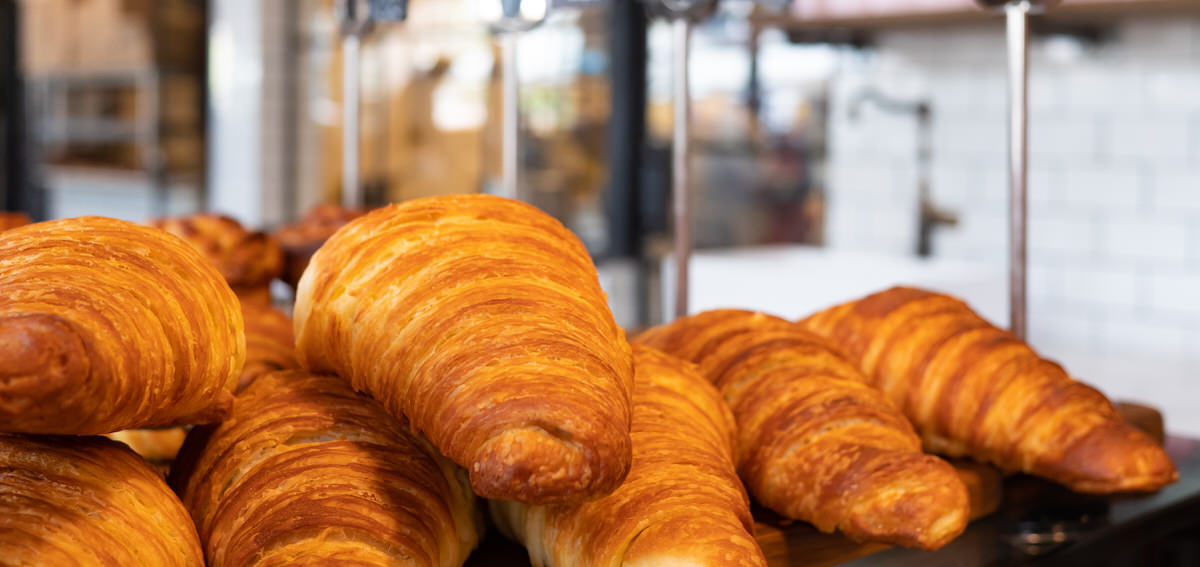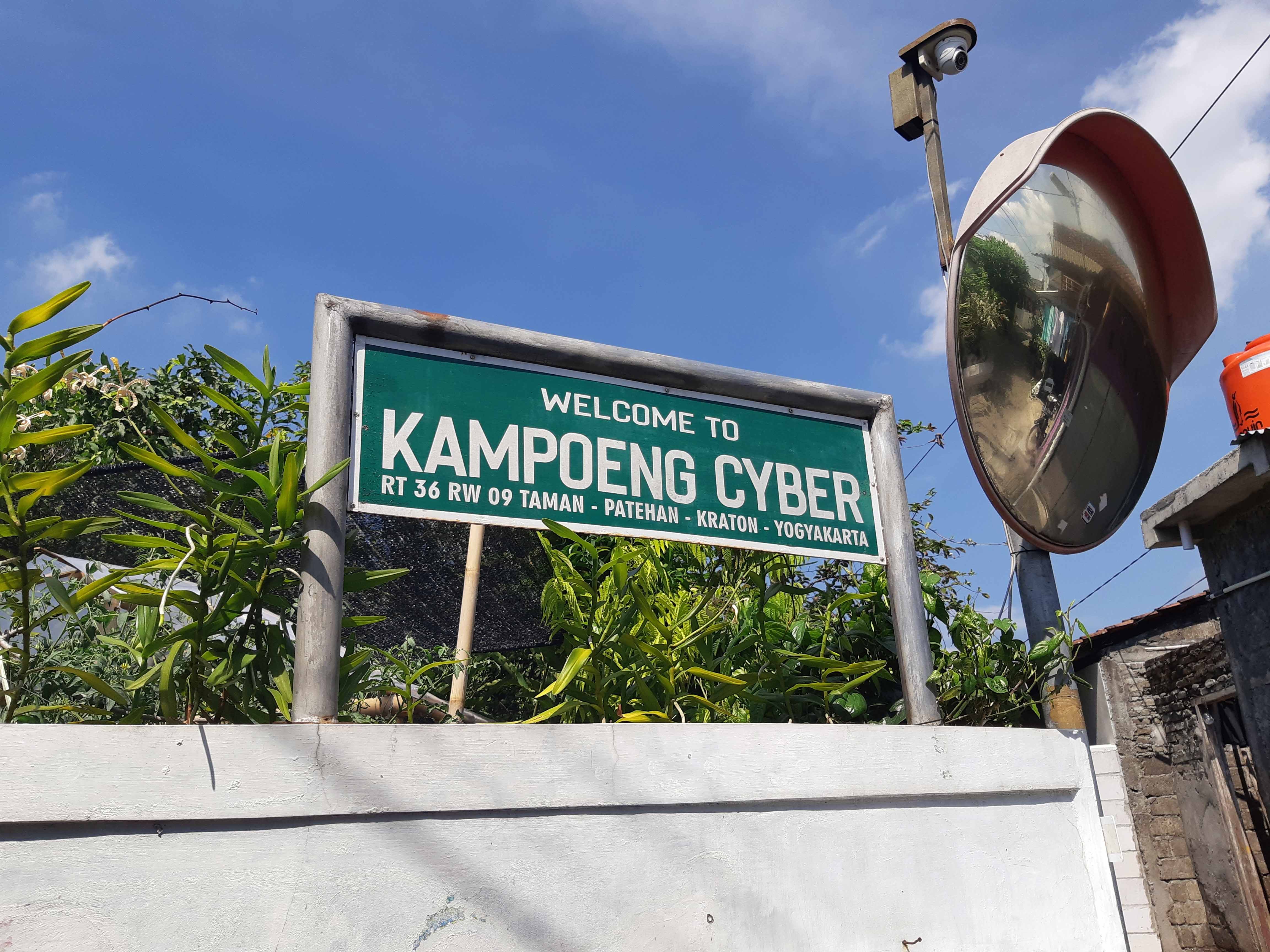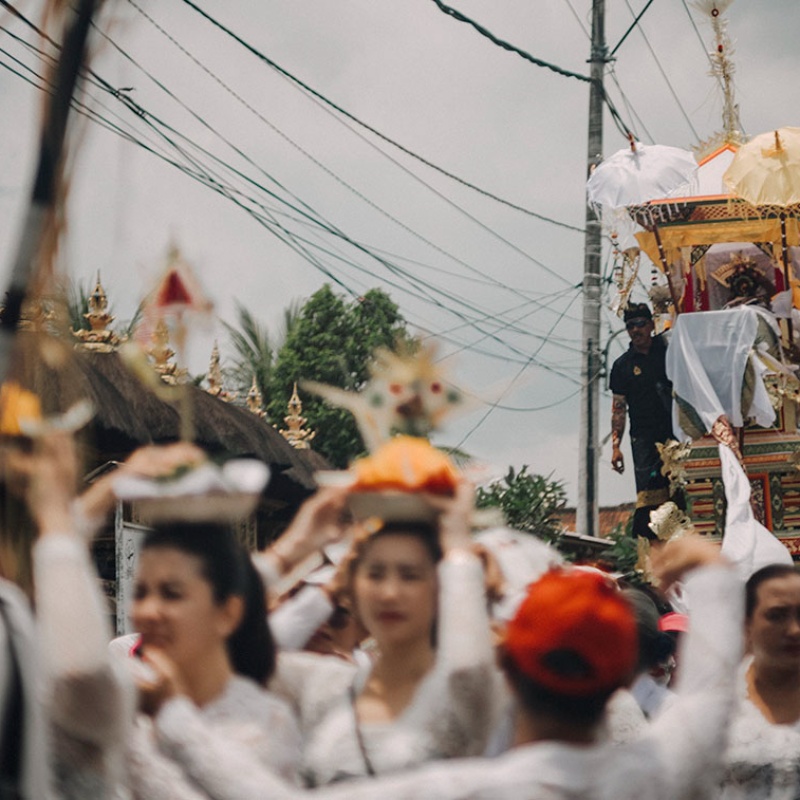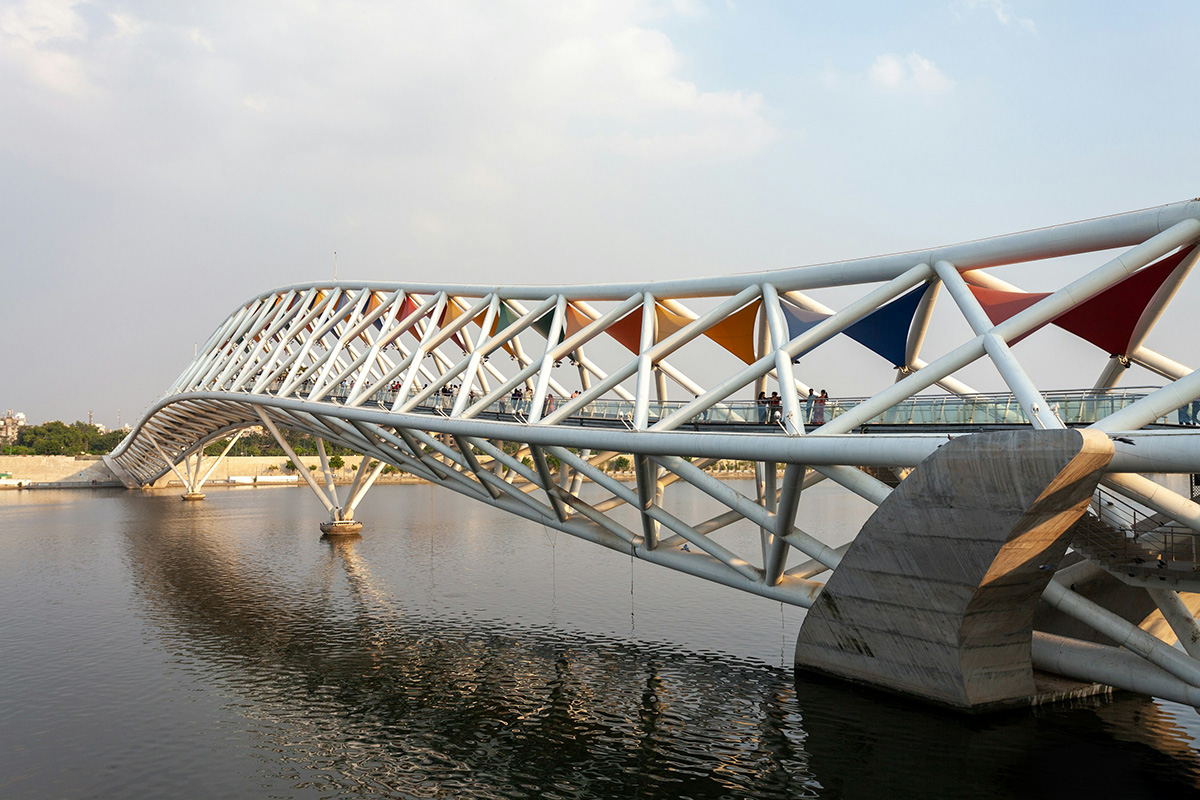Where does the identity of a city reside, in its infrastructure or its people? In its laws and constitution, or in the messy lived experiences which make up its daily fabric? In its cut-and-dried cultural symbols and household names always at the tip of the public’s tongue, recognisable enough to be featured on postcards cheaply sold to visitors, or in the fleeting, inarticulate daydream of a certain cleaning lady which she vaguely mumbles without awareness, as she toils day after day on its streets in her Sisyphean routine to maintain a semblance of an order for the city?
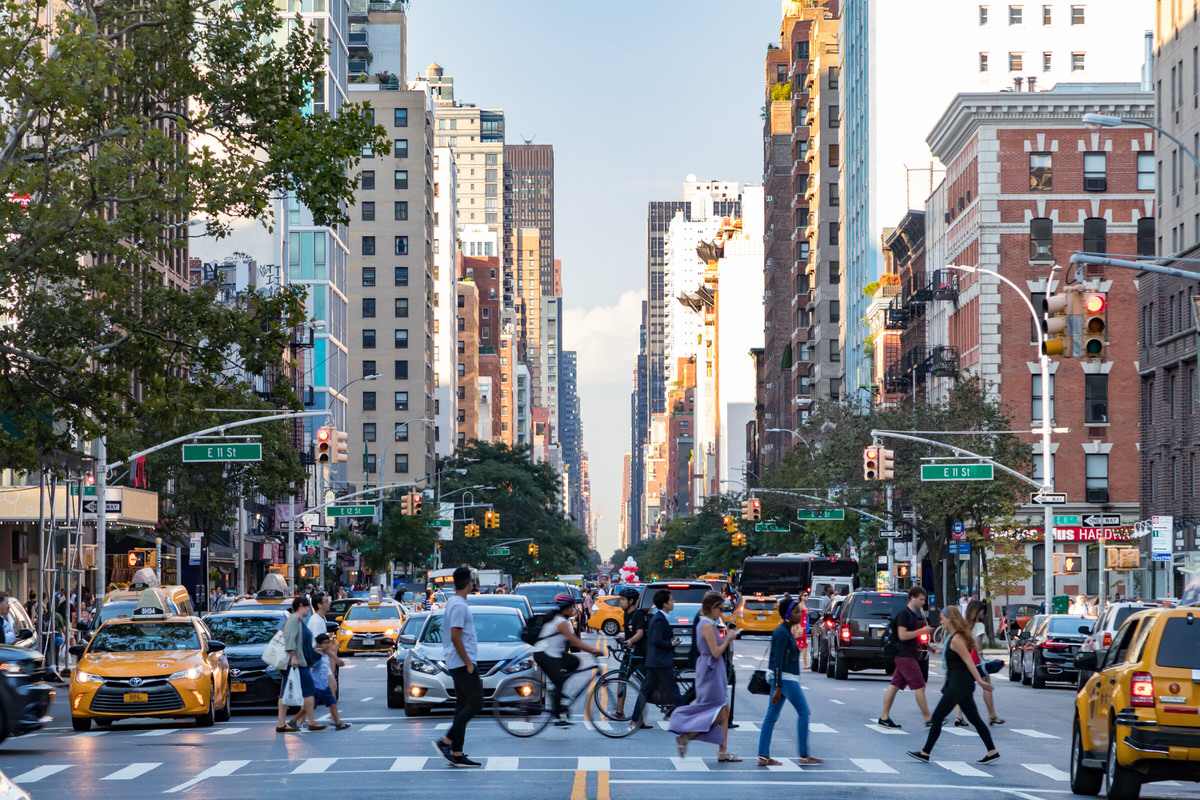
The safe answer one can bet on must be that it lies somewhere in between the two poles. An urban identity is quite unlike a national identity – if the vastness of a nation requires the invention of a common language and history so that its members can imagine themselves as one, the compactness and dynamism of the city is more like a nexus of endless flows of people and goods, an aggregate of spatial organization and life forms, a site of many encounters and perhaps deeper loneliness, a relation to a certain epicenter of activities rather than a territory with a policed border.
We take it for granted that a city is, just like any other social organisations, an entity with clear boundaries. But unlike the nation-state, the border of a city is more often only an administrative fiction that helps the government split up responsibilities. On the other hand, if we take the social networks and relational structures into account, looking at the actual flow and residences of its people, we’d find that the living circulation that sustains a city’s pulsation never quite wants to be boxed into arbitrarily defined territories. To take an example from Los Angeles: the administrative map would indicate that the southern part of the city is a long ribbon-shaped strip of land stretching along the Interstate 110 of California up to the coast at Long Beach. On both sides of the strip are Torrance and South Bay, which technically don’t belong to the jurisdiction of Los Angeles, but are of course integrated into its overall urban life. Not exactly a good idea to question the LAer in someone with an address in South Bay.
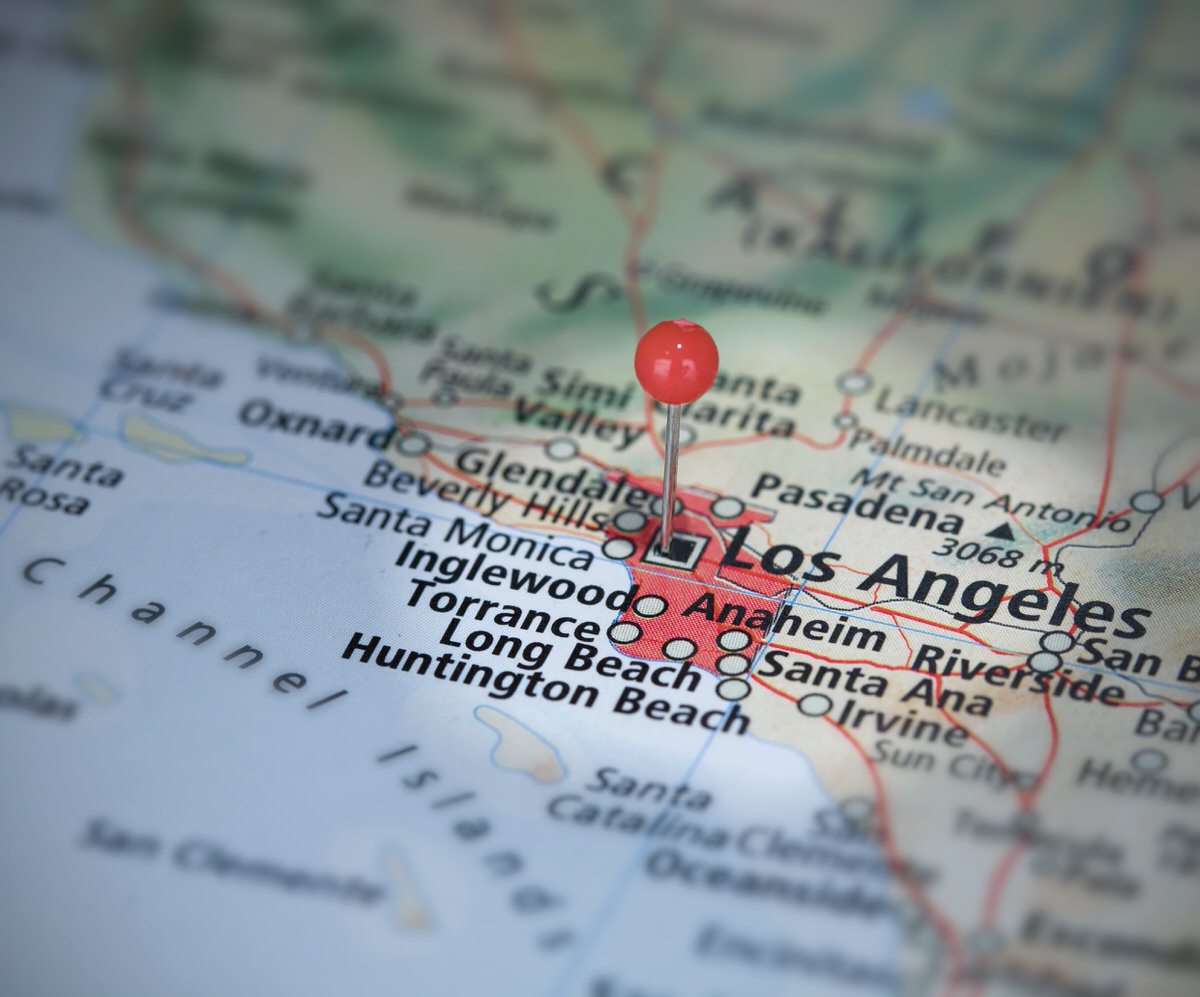
National identity is often based on a homogeneous culture, a common history and a shared language. Urban identity, however, is more closely connected to how a person understands their social resources. Rather than a particular point within the national territory, a city is more like a space which keeps forces and flows afloat: it neither has or has not a border, but is itself a border through which things get through. Viewed in this way, the city has more room to weld together a more plural identity with more bottom-up reinvention. There is, after all, a reason that the word cosmopolitanism owes its root from polis, “city” in Greek.
This is part of the myriad manifestations that constitute the life of a city, the city as a lived reality, even a living organism. As much as we want the Merlion to stand in for Lee Kwan-yew’s crown jewel, or the buttery smell of freshly baked croissants in the morning to be the hallmark of the Parisian impression, none of these shorthands exhausts the realities and possibilities of a city; but we believe that there are doorways and windows, forked pathways and shortcuts that lead us to peek into some of the gratifyingly flaky layers of this puff pastry of a city. And this, is our journey.

